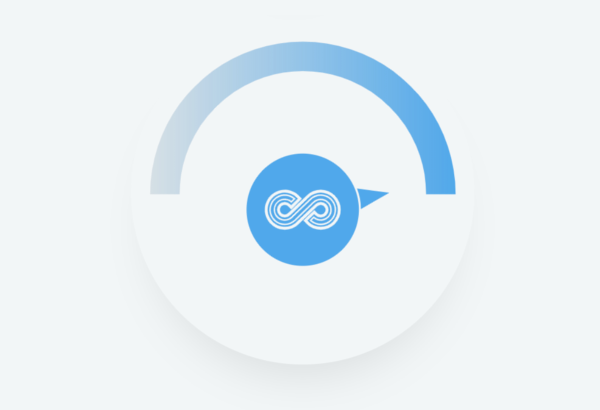Filemail UDP Transfer Acceleration
Transfer Rates Faster Than TCP Based Browser Services
A Primer On TCP
- Scalable Window Size enables the sender to send multiple packages and wait for multiple ACK’s at the same time. The data sent but not yet ACK-ed is often referred to as Data In Flight. The sender has a limit on how much data it can have in flight, meaning that the sender does not send data to the receiver faster than the receiver can handle.
- Bandwidth throttling essentially enables a 10 Mbit client to communicate with a 1000 Mbit server without being overwhelmed with traffic from the server. In TCP it is based on the idea that there should only be a certain number of data in flight at any given time.
- Selective ACKs enable the recipient to receive ACK packages in any order. If package-1 got lost then it does not hinder package-2 to be sent and ACK-ed before resending package-1.
Firewalls, Routers, and Switches are heavily optimized for TCP traffic, which makes TCP the natural choice for most tasks done on the internet today. Web browsers, Email clients, Facebook, Instagram, Snapchat, Stock tickers, Spotify, Slack, and FTP Clients are some of the applications which typically use TCP. If you are using a file transfer solution via a browser, then more than likely it is using TCP.
What is UDP?
In these cases, it does not matter if a few UDP packages are dropped. The UDP packages are continuously sent so you won’t notice it in the video stream. Same with online games you’ll get a new UDP package with the latest updates within a few milliseconds. Losing a few UDP packages now and then isn’t a problem. It’s more important to transfer data quickly with the lowest latency possible.
Filemail UDP Transfer Acceleration Protocol
Transfer Rate Benchmarks
Benchmarks show that Filemail UDP transfer acceleration is sometimes up to 200 times faster than FTP, HTTP, and other transfer methods based on TCP.
Effective transfer bandwidth when transferring files from Europe to Australia across 21 network hops. Both ends are connected on a 1000/1000 Mbit connection.
Security
Hardware Accelerated Encryption
Software & Hardware Requirements
Bi-Directional Transfer Acceleration
Getting Started With Filemail UDP Transfer Acceleration
Filemail UDP Transfer Acceleration is integrated into our Filemail Desktop application and is enabled automatically when sending and downloading files. Filemail Desktop is free to use and does not require a login. UDP Transfer acceleration to the people.
